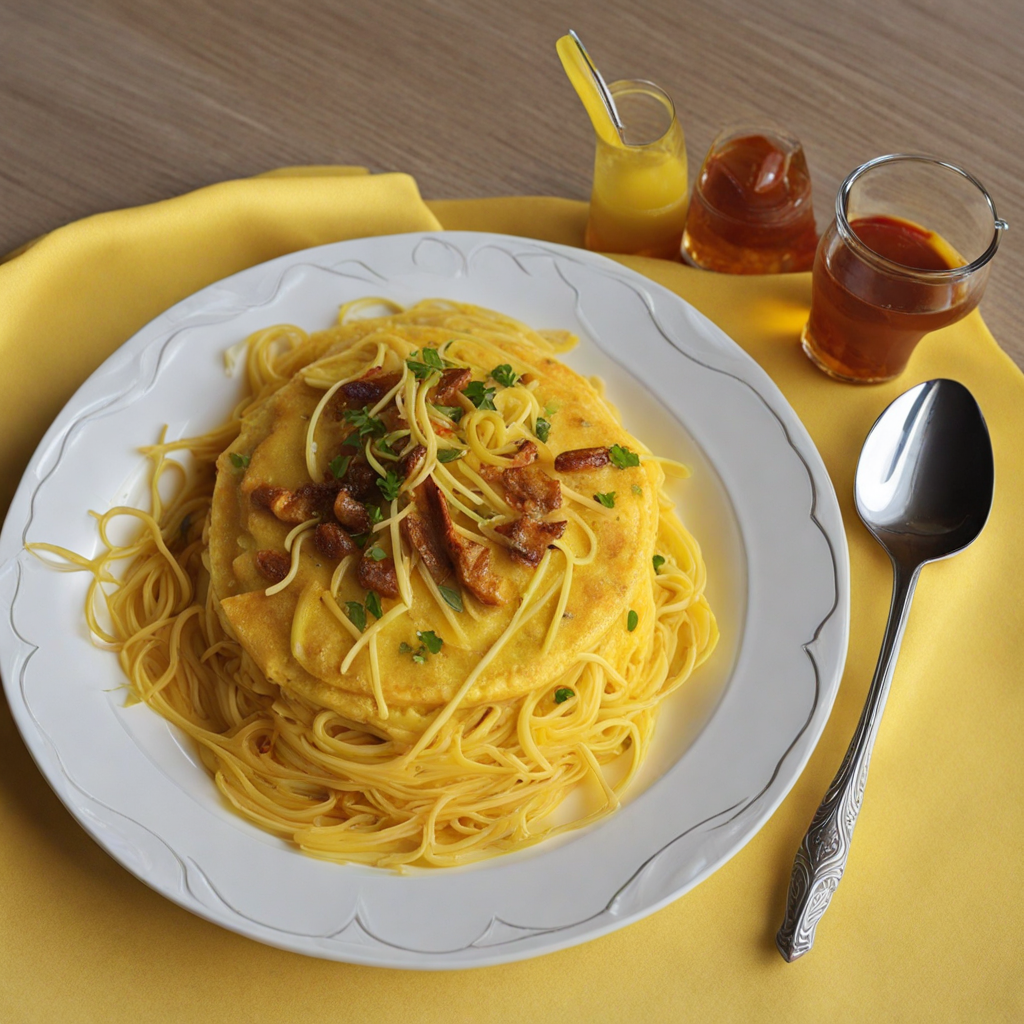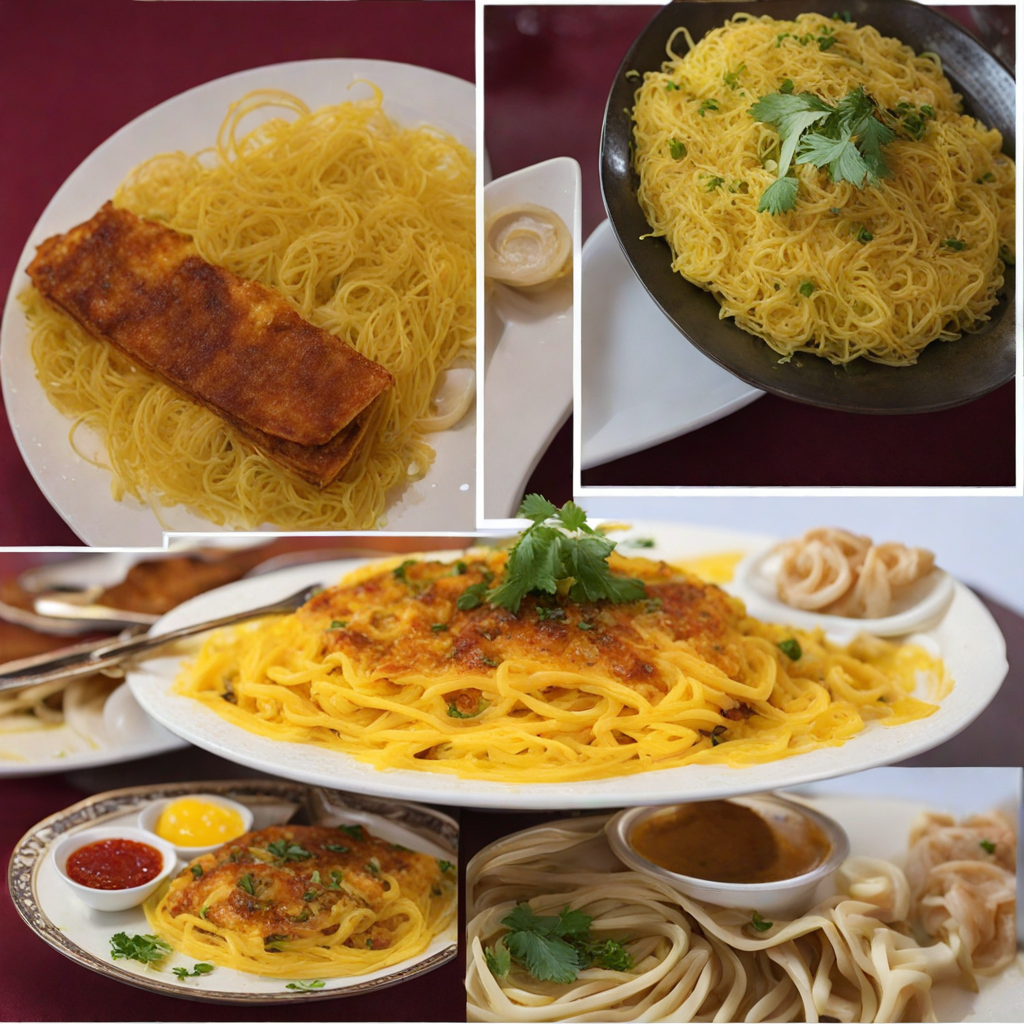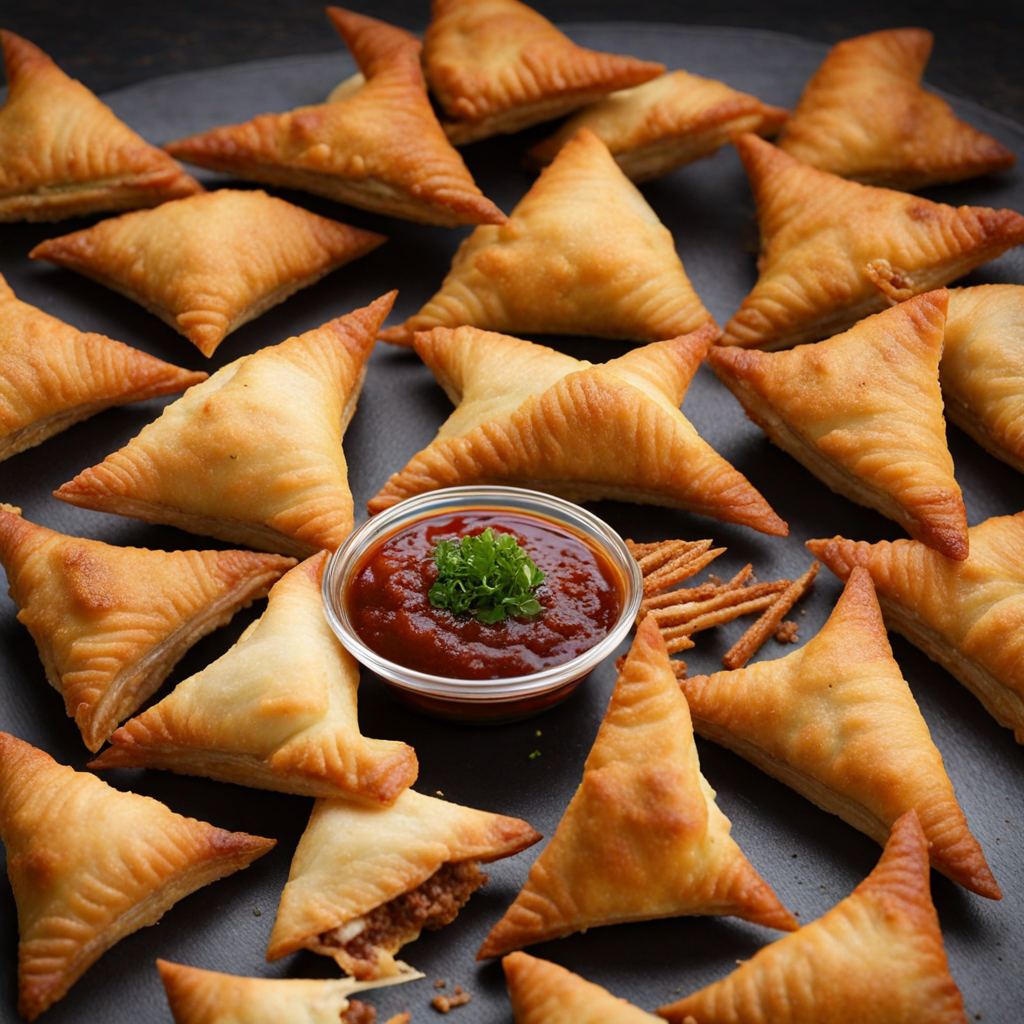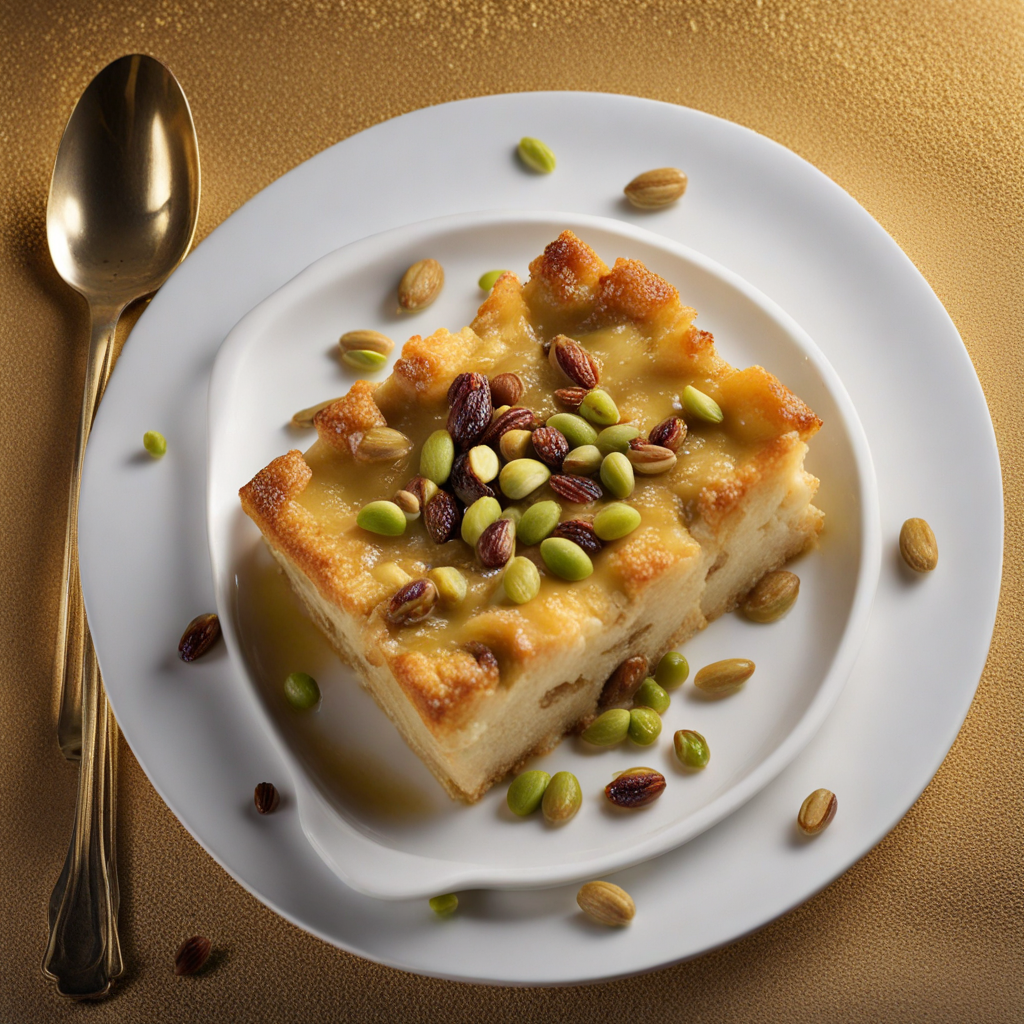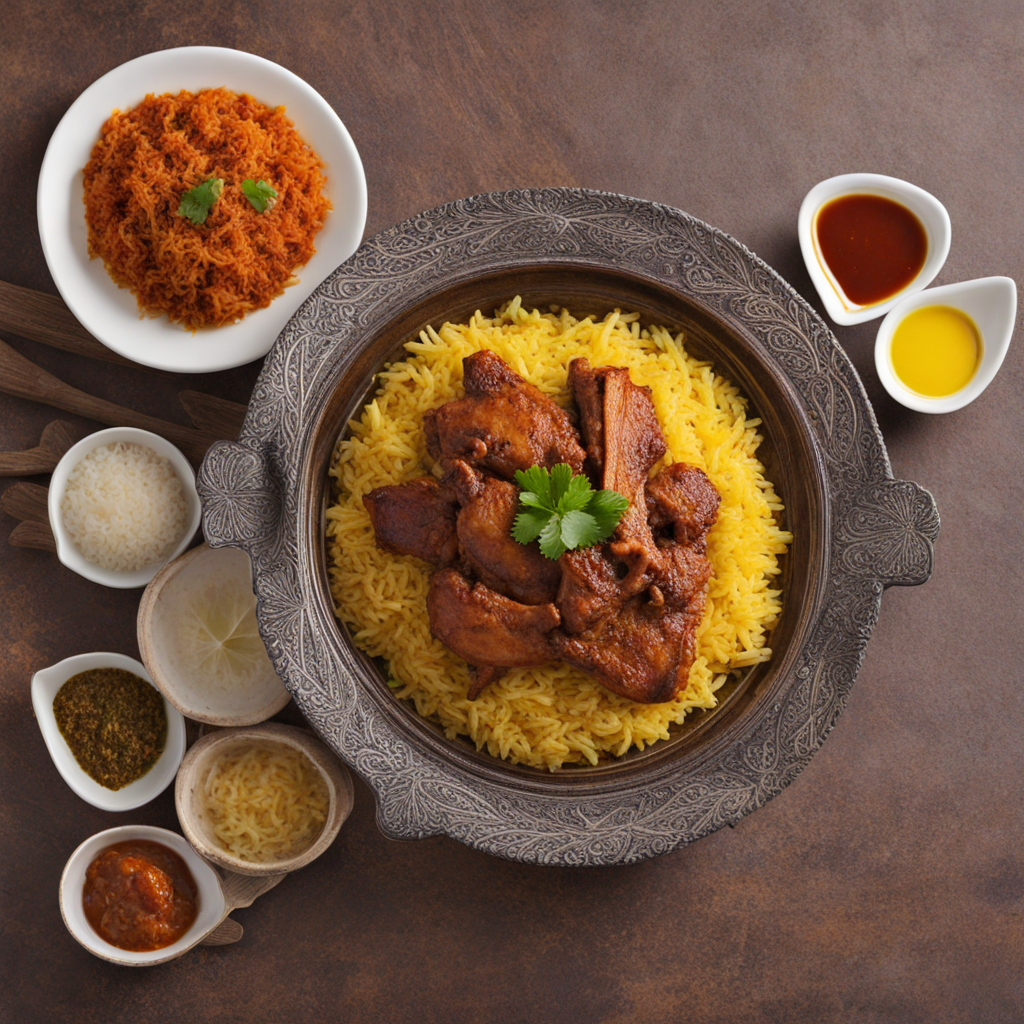Balaleet
Balaleet is a delightful dish from Qatar that beautifully marries sweet and savory flavors, making it a unique culinary experience. This traditional dish consists primarily of vermicelli noodles, which are typically cooked in a sweetened mixture of sugar, cardamom, and rose water. The aromatic spices not only enhance the noodles' flavor but also fill the air with a fragrant scent that invites you to take a bite. The dish is often topped with a layer of fluffy, scrambled eggs, adding a rich, savory contrast to the sweetness of the noodles, resulting in a harmonious balance of tastes that is both comforting and intriguing. The preparation of Balaleet is a labor of love, reflecting the cultural heritage of Qatar. The noodles are first boiled and then sautéed with ghee, allowing them to soak up the flavors of the spices. The addition of nuts, such as almonds or pistachios, often provides a satisfying crunch, elevating the texture of the dish. Served warm, Balaleet is typically enjoyed as a breakfast item or a light snack, making it a versatile dish that can be relished at any time of day. Each bite of Balaleet tells a story of Qatari tradition, showcasing the influence of various cultures that have shaped its culinary landscape. The sweetness from the sugar and the aromatic spices create an inviting flavor profile, while the scrambled eggs add a comforting richness. This dish is not just a meal; it is an experience that captures the essence of Qatari hospitality, inviting those who try it to savor the flavors of a rich cultural tapestry.
How It Became This Dish
The History of بلاليط: A Sweet Symbol of Qatari Heritage #### Origins of بلاليط بلاليط (balaleet) is a traditional dish from the Arabian Peninsula, particularly popular in Qatar and other Gulf countries. Its origins can be traced back to the region’s long-standing history of trade and cultural exchange. The dish is believed to have been influenced by various culinary traditions, including Persian, Indian, and Levantine cuisines. The name 'balaleet' is derived from the Arabic word for 'noodles,' which reflects the dish's main ingredient—thin vermicelli or egg noodles. The earliest references to balaleet can be found in historical texts that document the diets of the Bedouin tribes. These nomadic groups relied on simple, nutritious foods that could be easily prepared and transported. Balaleet, with its base of noodles, provided a versatile and sustaining meal. It is said that the dish was often made during special occasions, and its sweet and savory flavor profile made it a favorite among children and adults alike. #### Cultural Significance In Qatari culture, food is more than mere sustenance; it is a reflection of identity, hospitality, and tradition. Balaleet embodies these values, serving as a dish that brings families together, especially during celebrations such as Eid al-Fitr, weddings, and communal gatherings. Traditionally served for breakfast or as a dessert, it is enjoyed across generations, often passed down through family recipes. The preparation of balaleet can be a communal affair. Families gather in the kitchen, combining ingredients and sharing stories, reinforcing familial bonds and cultural heritage. The dish's sweet and savory combination represents the Qatari spirit of hospitality, where guests are treated with the utmost respect and offered the best of local cuisine. #### Ingredients and Preparation Balaleet is characterized by its unique blend of flavors and textures. The dish is primarily made from thin vermicelli noodles, which are typically cooked in a mixture of water, sugar, and cardamom. The addition of saffron and rosewater enhances its aromatic profile, giving balaleet a distinct flavor that is both sweet and fragrant. The preparation begins with boiling the noodles until tender, after which they are drained and set aside. In a separate pan, sugar is dissolved in water, and the spices are added to create a sweet syrup. Once the syrup reaches the desired consistency, the noodles are incorporated, allowing them to absorb the flavors. Traditionally, balaleet is topped with a soft scrambled egg mixture, seasoned with spices like turmeric and black pepper. This savory layer adds depth to the dish and creates a delightful contrast to the sweetness of the noodles. The final presentation often features a garnish of toasted nuts, such as almonds or pistachios, and sometimes a sprinkle of cinnamon. #### Evolution Over Time As Qatar has modernized and embraced globalization, so too has its culinary landscape. While traditional dishes like balaleet remain beloved, their preparation and presentation have evolved. In contemporary Qatari homes and restaurants, balaleet may be served with a variety of accompaniments or incorporated into fusion dishes, reflecting global culinary trends. The introduction of new ingredients and cooking techniques has led to creative interpretations of balaleet. For example, chefs may experiment with different types of noodles or incorporate exotic fruits, nuts, and spices from around the world. These adaptations not only honor the traditional dish but also demonstrate the ever-evolving nature of food culture in Qatar. In recent years, there has been a resurgence of interest in preserving traditional Qatari cuisine, with chefs and food enthusiasts emphasizing the importance of culinary heritage. Celebrations of Qatari National Day and other cultural festivals often feature balaleet, showcasing its role as a culinary ambassador for the country. The dish serves as a reminder of Qatar's rich history and its diverse cultural influences. #### Balaleet in Modern Qatar Today, balaleet is not only a staple in Qatari homes but also a popular offering in local restaurants and cafés. Qatari chefs take pride in serving authentic versions of the dish, often alongside other traditional foods such as machboos (spiced rice) and harees (wheat and meat porridge). The growing interest in Qatari cuisine has led to a renaissance of traditional dishes like balaleet, with an increasing number of culinary events highlighting the nation’s culinary legacy. Moreover, the dish has found its way into international culinary circles, showcasing Qatari cuisine on a broader stage. Food festivals and cultural exchanges have allowed balaleet to be presented to a global audience, inviting food enthusiasts to experience the flavors of Qatar. Social media has played a significant role in this cultural exchange, with food bloggers and influencers sharing their experiences with balaleet, further popularizing the dish beyond its borders. #### Conclusion Balaleet represents more than just a traditional dish; it is a culinary symbol of Qatari heritage and identity. Its rich history, cultural significance, and ongoing evolution reflect the dynamic nature of Qatari cuisine. As Qatar continues to grow and embrace its cultural roots amidst modernity, balaleet remains a beloved dish that connects generations, celebrates hospitality, and serves as a delicious reminder of the country’s rich culinary tapestry. In a world where food often serves as a bridge between cultures, balaleet stands as a testament to the power of tradition, community, and the enduring love for the flavors of home. Whether enjoyed during festive occasions or casual family gatherings, balaleet remains a cherished dish that nourishes both body and soul, embodying the essence of Qatari culinary heritage.
You may like
Discover local flavors from Qatar


